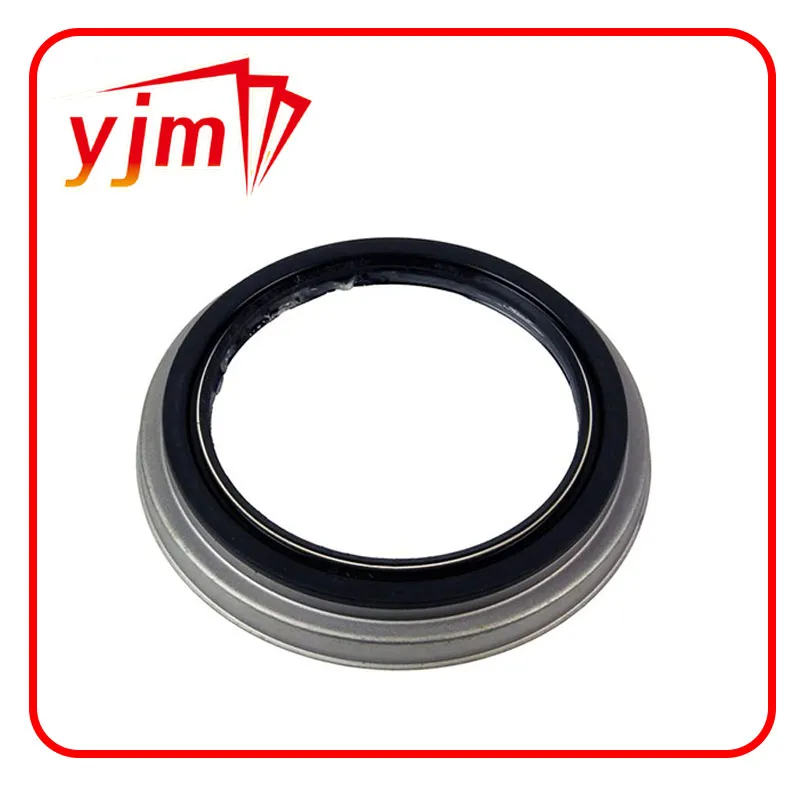Understanding the Role of Cryogenic O-Rings in Extreme Temperature Applications
The Role of Cryogenic O-Rings in Modern Engineering
Cryogenic technology plays a crucial role in various industries, including aerospace, liquefied gas storage, and medical applications. Central to the efficacy of these systems is the humble O-ring, a simple yet vital component used to create seals in environments where temperatures can plummet. Cryogenic O-rings are specifically designed to perform under conditions close to absolute zero, and their design, materials, and applications are pivotal in ensuring the safety and efficiency of cryogenic systems.
Understanding Cryogenic Temperatures
Cryogenic temperatures are generally considered to be those below -150 degrees Celsius (-238 degrees Fahrenheit). At these low temperatures, many materials experience changes in their physical and chemical properties. For instance, metals may become brittle, and polymers can lose their elasticity. Thus, the choice of materials and designs for components operating in such environments is critical.
Importance of O-Rings
O-rings are circular gaskets typically made from elastomers or polymers, designed to provide a tight seal between two surfaces. In cryogenic applications, they prevent the leakage of gases or liquids, ensuring that systems can operate efficiently and safely. The failure of an O-ring in a cryogenic system can lead to catastrophic failures, making it essential to use materials that can withstand such extreme conditions.
Materials for Cryogenic O-Rings
The performance of O-rings in cryogenic applications primarily depends on the materials from which they are made. Common materials include
1. Fluoroelastomers (FKM) Known for their excellent resistance to temperature extremes and chemical robustness, fluoroelastomers are often chosen for cryogenic applications. They maintain flexibility at low temperatures and have a low compression set, making them suitable for high-performance seals.
2. Hydrogenated Nitrile (HNBR) This synthetic rubber exhibits outstanding resilience in cryogenic environments. HNBR has good chemical resistance and retains its elasticity, which is critical for maintaining a reliable seal under varying temperature conditions.
cryogenic o rings

3. Silicone Rubber While not as durable as FKM or HNBR, silicone rubber can withstand extreme temperatures. It offers excellent flexibility and can maintain its integrity in various cryogenic applications.
4. PTFE (Polytetrafluoroethylene) Often used as a backup for O-rings, PTFE provides a non-stick surface and excellent chemical resistance. When used in conjunction with elastomeric O-rings, it can enhance the overall sealing capability in cryogenic systems.
Real-World Applications
Cryogenic O-rings are utilized across various industries, playing an essential role in many applications
- Aerospace In the space industry, cryogenic fuel is stored in tanks at extremely low temperatures. The integrity of these tanks relies heavily on O-rings, which must function correctly to prevent leaks during both storage and fueling processes.
- Liquefied Gas Systems In industries that handle liquefied natural gas (LNG), cryogenic O-rings are crucial for sealing pumps, valves, and piping systems. Their ability to maintain an effective seal under pressure and low temperatures is vital to both safety and efficiency.
- Medical Applications Cryogenic O-rings are also used in medical technologies, including equipment for storing and handling cryopreserved biological materials. Effective sealing is critical in preventing contamination and ensuring the viability of sensitive materials.
Conclusion
Cryogenic O-rings may be small components, but their significance in engineering cannot be underestimated. As industries continue to push the boundaries of technological advancement, the demand for reliable, high-performance sealing solutions in cryogenic applications will only grow. Understanding the materials, designs, and applications of these O-rings will be essential for engineers and manufacturers to ensure the safety, efficiency, and success of cryogenic technologies. With ongoing research and development in materials science, the future for cryogenic O-rings looks promising, as they will continue to enable innovation across various sectors.
-
Understanding the Front Main Engine Seal: Purpose, Maintenance, and Installation
News Jul.29,2025
-
Understanding O-Rings and Seal Rings: Types, Applications, and Custom Solutions
News Jul.29,2025
-
Understanding Crankshaft Oil Seals: Rear Seals, Pulley Seals, and Their Role in Engine Integrity
News Jul.29,2025
-
The Importance of Front and Rear Crankshaft Seals in Engine Performance and Oil Management
News Jul.29,2025
-
Crank Oil Seals: Functions, Types, and Cost Considerations in Engine Maintenance
News Jul.29,2025
-
A Comprehensive Guide to O-Rings and Seals: Types, Materials, and Global Applications
News Jul.29,2025
-
Mastering Diesel and Performance Engine Maintenance: A Guide to Critical Oil Gaskets
News Jul.28,2025
Products categories















